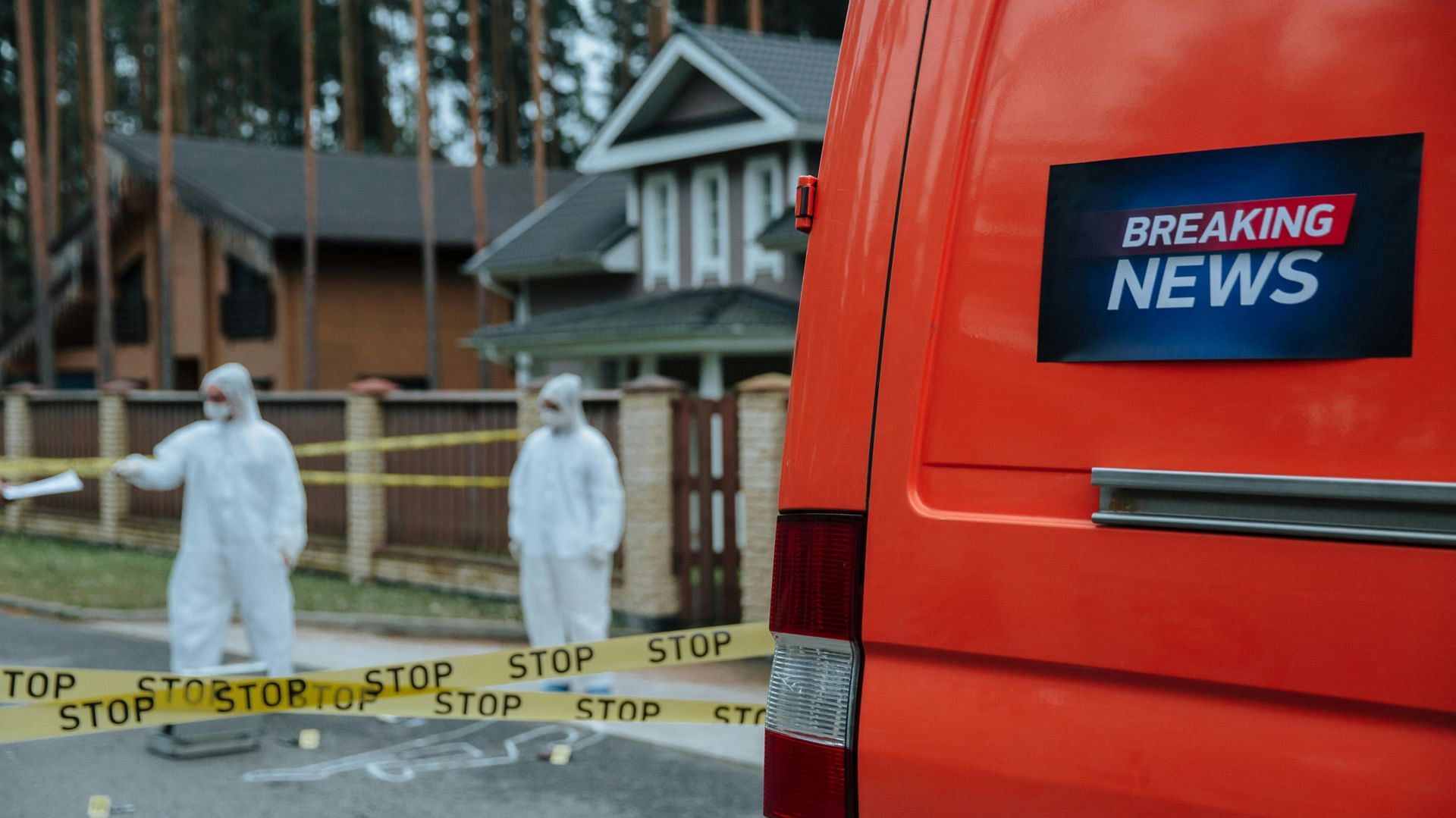The Farinacci family tragedy: A complete timeline of events

The Farinacci family tragedy is a case that unfolded in the early 1990s and has continued to influence those who were involved for decades. The tragic murders of Sherry and Maurice Paul, the trauma their children endured, and the subsequent activism of Fallon Farinacci have brought attention to issues of violence, policing, and support for Indigenous families in Canada.
The case of Farinacci family tragedy and the survival of Fallon Farinacci is covered in the Crime Junkie podcast titled SURVIVED: Fallon Farinacci. It aired on May 5, 2025, on their website.
A comprehensive timeline of the most important events that made up the history of the Farinacci family
Early 1990s: Stalking and threats
In the years leading up to 1993, Sherry Paul, mother of Fallon Farinacci, was subjected to stalking and threats by Andre Ducharme, a former friend of the Farinacci family. According to CBC News, Sherry reported Ducharme's escalating behavior and specific threats to the Royal Canadian Mounted Police (RCMP). Despite these warnings, no protective measures were put in place for the family.
January 27, 1993: The night of the tragedy
On the evening of January 27, 1993, Andre Ducharme broke into the Paul family residence in St. Eustache, Manitoba. As per CBC News, Ducharme was carrying a rifle and took the family hostage for a couple of hours. Fallon Farinacci, who was nine years old at that time, and her two brothers were at home.
Ducharme bound the eldest brother, Carson, at gunpoint during the standoff. Carson was able to get away and notify nearby relatives, who in turn called the police.
January 28, 1993: Police response and discovery
Even after being warned by Farinacci family members, the RCMP waited about six hours after the first call for assistance to enter the residence. As reported by CBC News, when police entered the residence in the early morning of January 28, they discovered Sherry and Maurice Paul murdered with gunshot wounds, as well as Ducharme, who had taken his own life.
The three children had lost both their parents.
1993–1994: The displacement of the Farinacci family
The Paul children were split apart following the murders. Fallon was resettled with Ontario relatives, and her brothers were left behind in Manitoba. As per CBC News, the family also grappled with trauma and loss. Fallon lost her nuclear family and link to her Métis heritage since her father was a prominent member of the Manitoba Metis Federation.
2004: Carson's death
The trauma of the 1993 tragedy plagued the Farinacci family for years. Fallon testified to the National Inquiry into Missing and Murdered Indigenous Women and Girls that her oldest brother, Carson, who had fled the house on the night of the killings, took his own life in 2004 at the age of 29, as per CBS. Fallon has reported that the absence of care and unresolved trauma led to his death.
2017: Fallon Farinacci's public testimony
In 2017, Fallon Farinacci testified at the National Inquiry into Missing and Murdered Indigenous Women and Girls. According to CBC News, she shared her family's story to highlight the failures of the justice system and the long-term impact of violence on Indigenous families. Fallon also began fundraising and advocacy work to support Indigenous-led organizations and survivors of violence.
Present Day: Ongoing advocacy
Fallon Farinacci continues to talk publicly about what happened to her family. She is calling for systemic change, better support for survivors, and more accountability when there is violence against Indigenous families. CBC News reports that her case has raised awareness and sparked efforts to improve the gaps in policing and mental health support.
The Farinacci family tragedy played out over decades, from stalking and intimidation to a murder-suicide in 1993, family breakup, and more loss.




